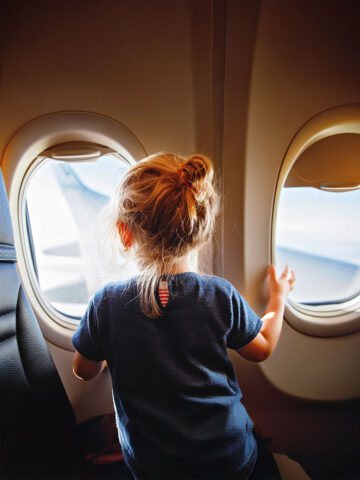Amid stay-at-home orders, remote learning and other changes caused by the COVID-19 pandemic, many families are faced with finding different ways to celebrate the holiday season than they’ve done in years past. The holiday season can still be a joyful time of the year. For families with a child who has autism spectrum disorder (ASD), following a few tips from the Thompson Autism and Neurodevelopmental Center at CHOC can help ensure everyone enjoys the festivities in their own way.
Activities
Holiday breaks often mean big changes in schedules and routines, which results in things becoming much less predictable. This can often result in the child being more anxious, less able to tolerate frustration, changes in eating/sleeping patterns, as well as impacting a variety of other triggers that may result in challenging behaviors.
To help your child, provide a visual schedule of each day, with start times and end times. Use visual timer apps, “First This Then This” schedules and personalized “social stories” to help prepare for activities. Try to maintain your child’s standard bedtime and mealtime routines.
Decorations
Instead of decorating your entire home all at once, decorate gradually. Look at pictures from previous years to help your child prepare for the change. Avoid overly bright or blinking decorations and strong scented candles. Create a holiday-free zone — such as your child’s room —for your child to come back and use as a “safe place” when necessary.
Gifts
Children with ASD can especially benefit from toys that involve social interaction, encourage turn-taking and build language skills. Give other family members a list of gifts your child might like.
Some children on the spectrum tend to repetitively talk about a gift that they want. To help set boundaries, offer your child three tokens that they can redeem each day to talk about the gift they want.
Opening gifts can be overwhelming for those on the autism spectrum. Video modeling is an evidence-based way to teach your child what to expect and how to behave. Take a video of family members opening presents, taking turns and saying, “Thank you,” and watch the video several times in advance. Also consider wrapping something familiar if your child does not enjoy opening new presents.
Traditions
Choose a tradition that is important for you and your family. Try not to get caught up with keeping old traditions. Create your own family traditions that follow COVID-19 safety precautions and are easy and fun for everyone, like decorating the house or tree using your child’s preferred items and participating in sensory-friendly programs.
“There are many ways to help your child cope with the hustle and bustle of the holiday season,” says Dr. Jina Jang, pediatric psychologist at the Thompson Autism and Neurodevelopmental Center at CHOC. “The most important thing to remember is that your child will enjoy the holidays in their own way, even if it’s different from how others enjoy them.”





